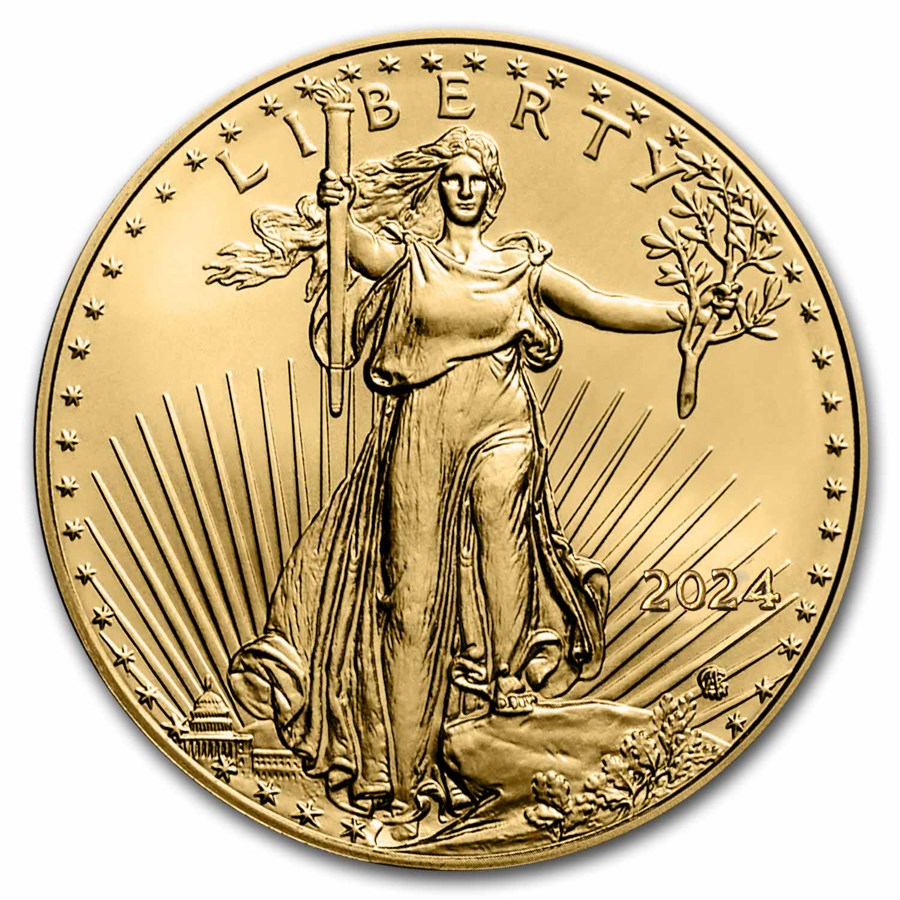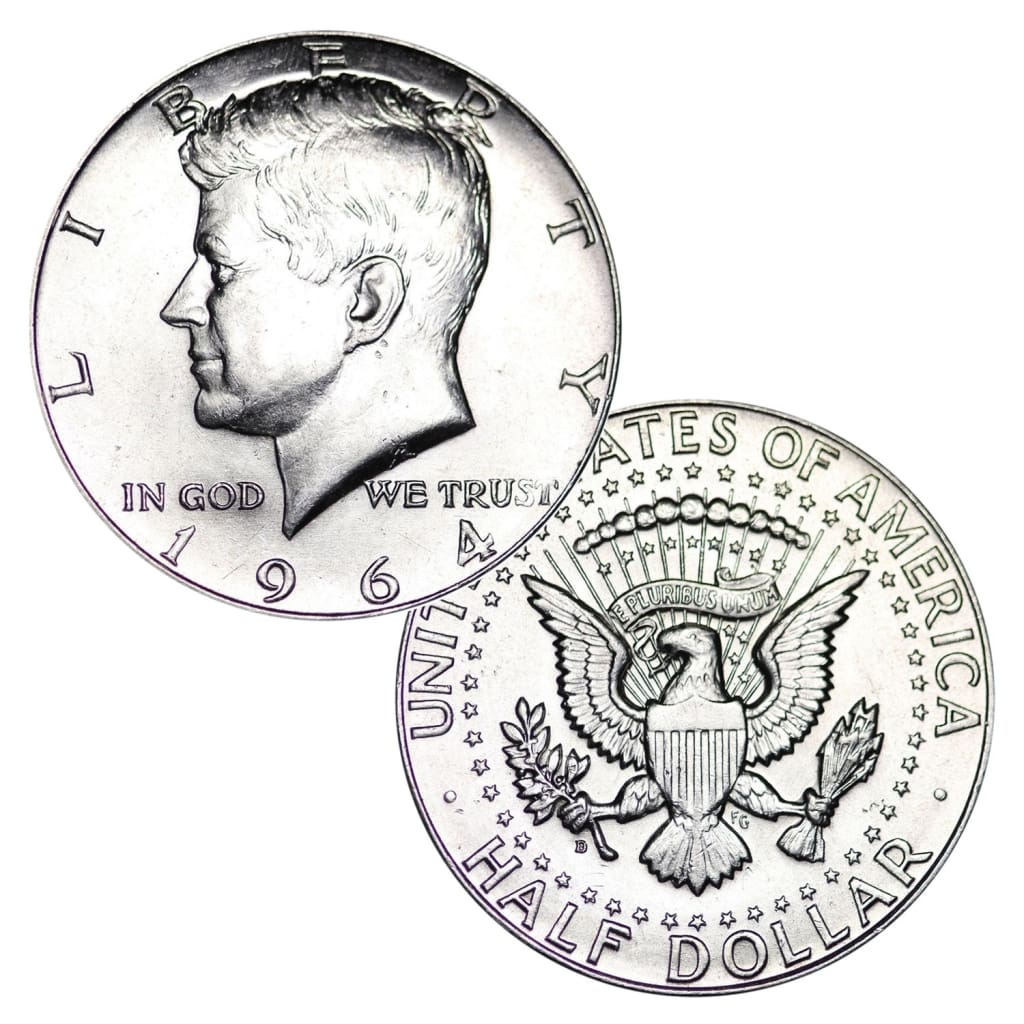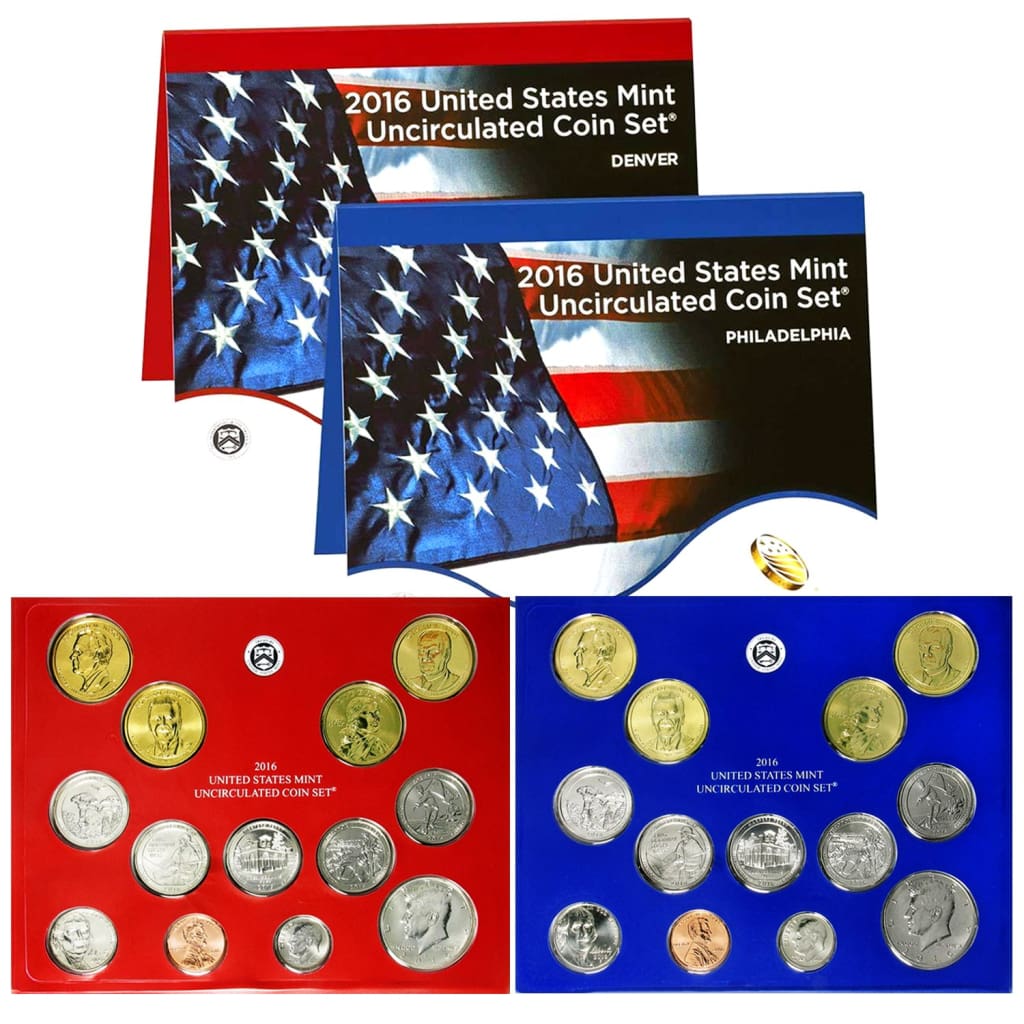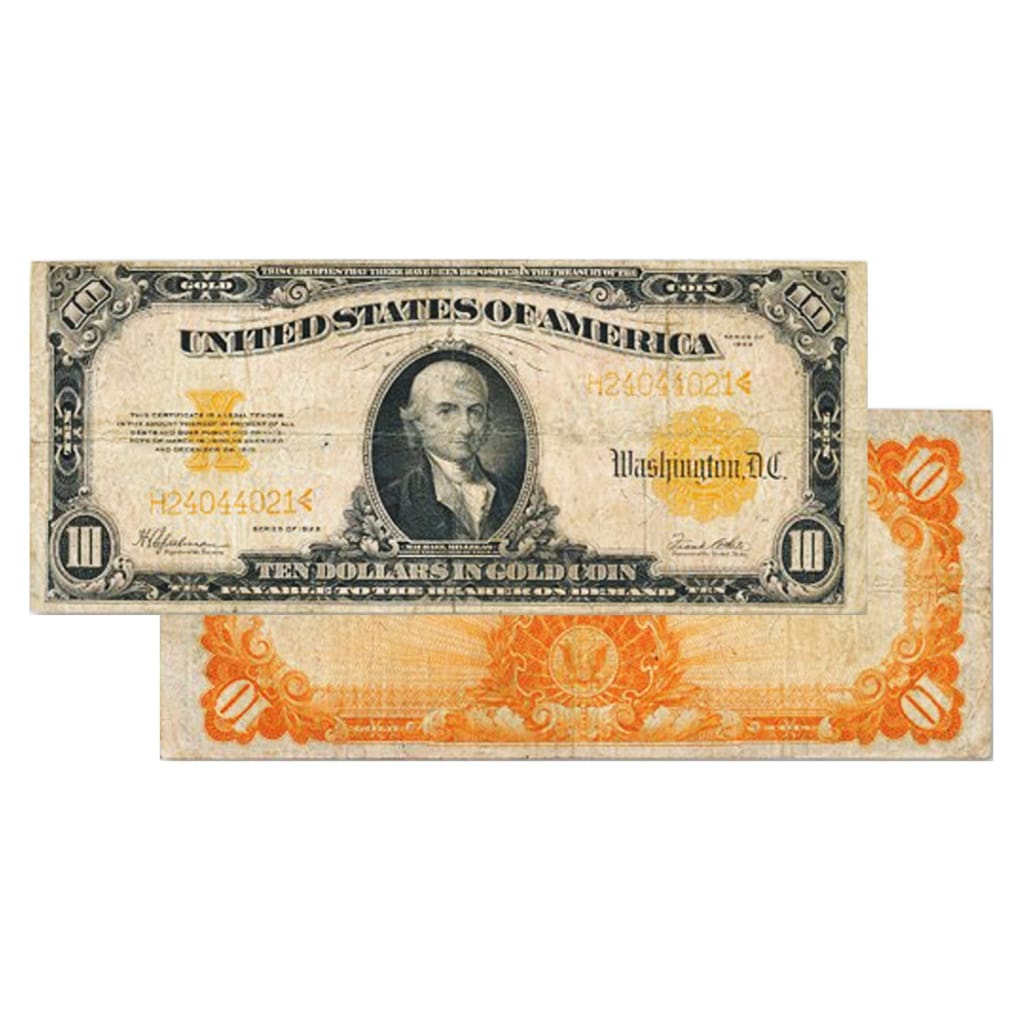Collecting Mistake Coins Part 7 – Punching Errors
Making coining dies can involve incredibly detailed work given the size of some elements like dates and mint marks. While modern techniques have made the task easier, in earlier days some elements ...
Collecting Mistake Coins-Part 8-Off-Metal Transitional Coins
Minting early US coins was more straightforward than it became in later years. All coins were either gold, silver, or copper of a specific purity—90% in the case of gold and silver and 100% in the ...
Collecting Mistake Coins - Part 6 - Planchet Errors
Rather than making coins by stamping the design and punching them out of a strip of metal in a single step, most coin designs are pressed into individual circular blanks called planchets. This allo...
Collecting Mistake Coins - Brockage Coins
Brockage Coins Generally speaking, the more obvious an error, the rarer and more valuable the coin is. And one of the most obvious errors is what’s known as a brockage. A brockage occurs when an al...
Early American Half Dollars for Collectors
At one point in history, the U.S. half dollar was the workhorse of the American economy. Today, these medium-sized coins are highly desirable among many coin collectors. Here’s a short guide to ear...
You can be forgiven if you think that US gold coins were called “eagles” due to designs that featured the national bird on them. It’s not true, but it’s an easy mistake to make. In fact, the eagle ...
Differences Between Circulated and Uncirculated Coins
At first blush, it might seem as though coins are either circulated or not. But things are often not as simple as they seem, and that’s especially true when it comes to coin collecting. For example...
Defacing Coins: What's Legal and What's Not
Laws regarding altering or defacing coins and currency are on the books in nearly all countries. Their principal goal is to prevent fraudulent use of the money such as changing its face value or bu...
The United States was nearly 100 years old before it issued its first paper money for general circulation. Until 1862, coins were used as the official currency of the country. Today most people don...
Currency Spotlight: The 90% Silver Columbian Exposition Half Dollar (1892-93)
90% Silver Columbian Exposition Half Dollar (1892-1893) - CirculatedWhen promoters of an exposition to commemorate the 400th anniversary of Columbus’ discovery of America went to Congress in search...
Currency Spotlight: The 1928 $1 Puerto Rico Issue “Funny Back” Red Seal Note
1928 $1 Puerto Rico Issue Funny Back FRNPeople take money seriously, and so do most countries. This has certainly been historically true for the United States. Over the course of issuing paper mone...
Currency Spotlight: Russian Ruble
50-ruble banknoteWhile money in the form of coins dates back nearly 2,000 years, its use in the modern sense of government-issued trade currency didn’t become widespread until the end of the feudal...
Currency Spotlight: Chinese Renminbi (Yuan)
CHINESE RENMINBI (YUAN)Two weeks ago, we featured Afghanistan's Afghani banknotes, a colorful and historically rich currency that is a great addition for any foreign banknote collector. This week, ...
Counterfeiting: Are Counterfeiters Targeting Canada?
This year there has been a spate of counterfeit discoveries in Nova Scotia, one of Canada’s eastern Maritime Provinces. Merchants in the Halifax area have reported several instances of fake Canadia...
Confederate Currency - A Brief History
If you’re going to start a new country, there are a few things you need to do—give it a name, design a flag, form a government, raise an army, to start. And if you’re about to go to war, you’d bett...
Common Factors Affecting Coin Value
If you’re just entering the fascinating world of coin collecting, you may find yourself baffled by the mysteries of how coin values are determined. But if you learn a little about the history of co...





